Ibbankatuwa Maha Shila Susana
Located in Dambulla, Galewela, on the left bank of the Dambullu Oya in Ibbankatuwa village, this historic burial ground from the megalithic period provides evidence that Sri Lanka had a developed social condition even before Prince Vijaya’s visit.
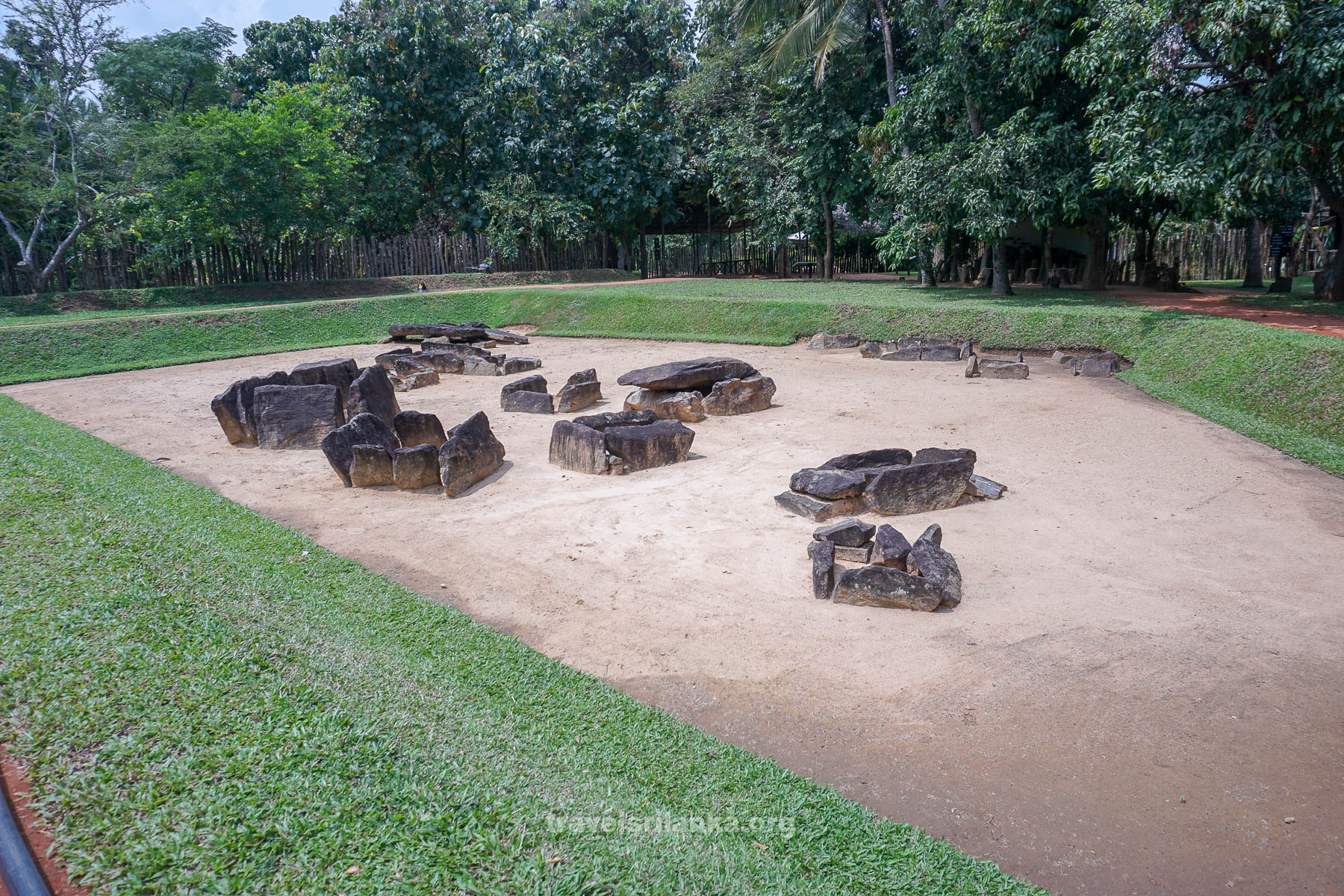
History of Sri Lankan Cemeteries
Cemeteries have been discovered in many parts of Sri Lanka. Among them, the Pomparippu Cemetery in Mannar was first identified in 1920. Additionally, burials have also been found in Jaffna, Kaduruguda, Kuchchaveli, Yapahuwa, Konwewa, and throughout the Wilpattu forest.

The cemeteries are mainly identified by four burial methods:
- Shila Manjusa Susana (Cist Burial)
- Cairn Circle Burial
- Dolman Burial
- Urn Burial
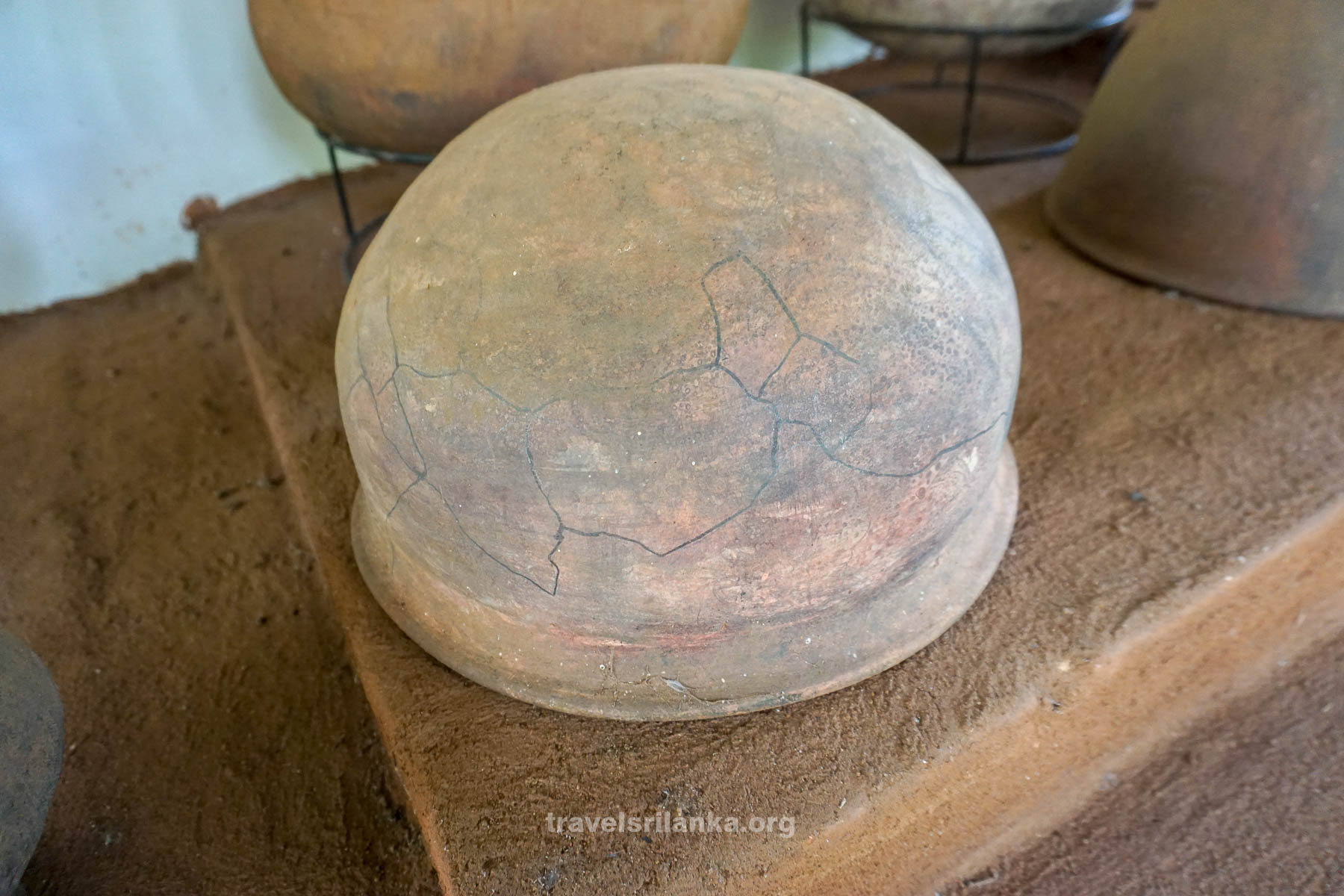
Moreover, research has revealed information on 13 other burial methods. However, the Tortoise Burial Ground holds a special place among the previously mentioned burial grounds. Carbon 14 dating suggests that it belongs to a group of people who lived between 770-350 BC. In 1970 AD, archaeological research began here. The burial site was first identified in 1970, and Dr. Raja de Silva, a former Commissioner of Archaeology, carried out the initial research. The site was later surveyed in 1982 under the Cultural Triangle Programme.

Construction of the Tomb
Full stone slabs were used for the tortoise burial, and these burials were completed with or without a lid, using four slabs to form a tomb. After the deceased was cremated, their ashes were placed in a clay urn and buried in the cemetery. An interesting ritual has been identified during the careful examination of these burials. It is said that two clay pots are placed face to face when burying young people.
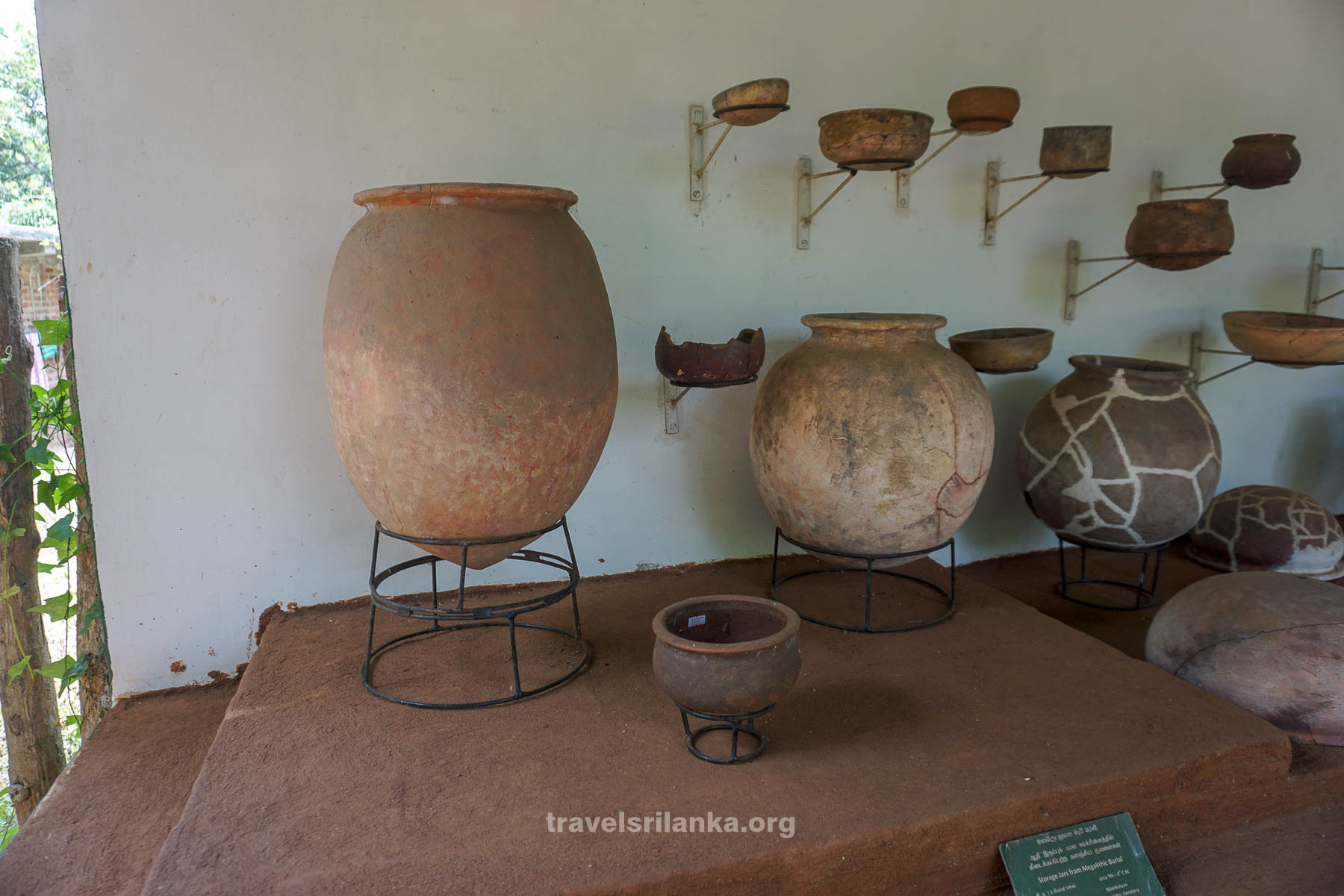
Belongings of the Deceased
Here, the items used by the deceased were placed in the Bahiradiyya grave. The Vicharaklas say that the past society believed in rebirth and that the deceased used these items in the next life.
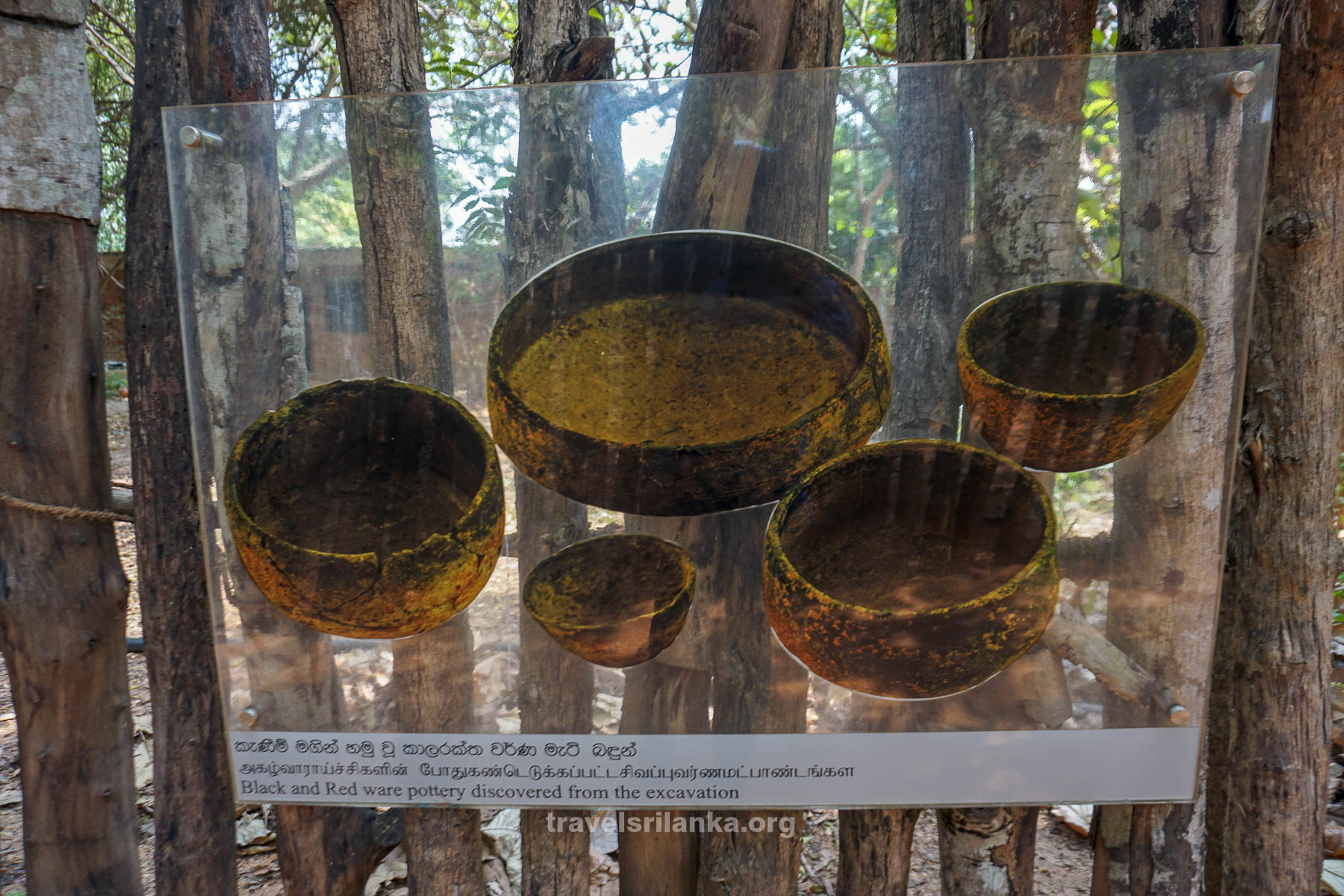
Used goods were deposited with the deceased. About 180 such pots and 14,000 potsherds have been found in the Ibbankatatuwa cemetery alone. Numerous artifacts such as perfumes, beads, 190 mm long anjana kuru made of copper, metal ornaments, animal bones, items made of ivory, e heads, iron pieces have been discovered in them. Most of the beads found in the burial are made of carnelian, agate, and minerals. Osmond Bopearachi is of the opinion that these minerals are not available in this country and were imported from North West or East India. Ivory, beads, gold-plated beads, and bead necklaces have been found. Even a vertical band of gold, which can be assumed to belong to a nobleman, has been identified here. Civilizations such as the Indus Valley in Egypt and Mesopotamia have copper rods similar to the copper kuroo used by women to apply akan under their eyebrows. Not only that, but it has also been revealed that minerals such as felspar, graphite, amnestor, which are common in the Wasihu mountains, were used in further research conducted in Ibbankatu.

Maintenance of the Site
The Central Cultural Fund currently maintains this historic burial ground, and tourists are welcome to visit it.







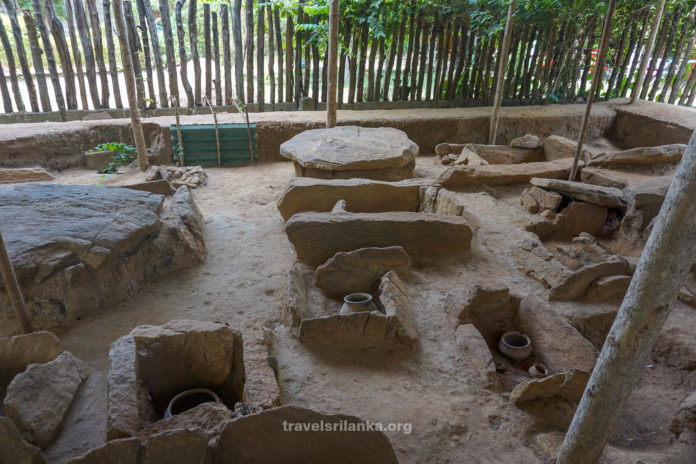
[…] Source link […]